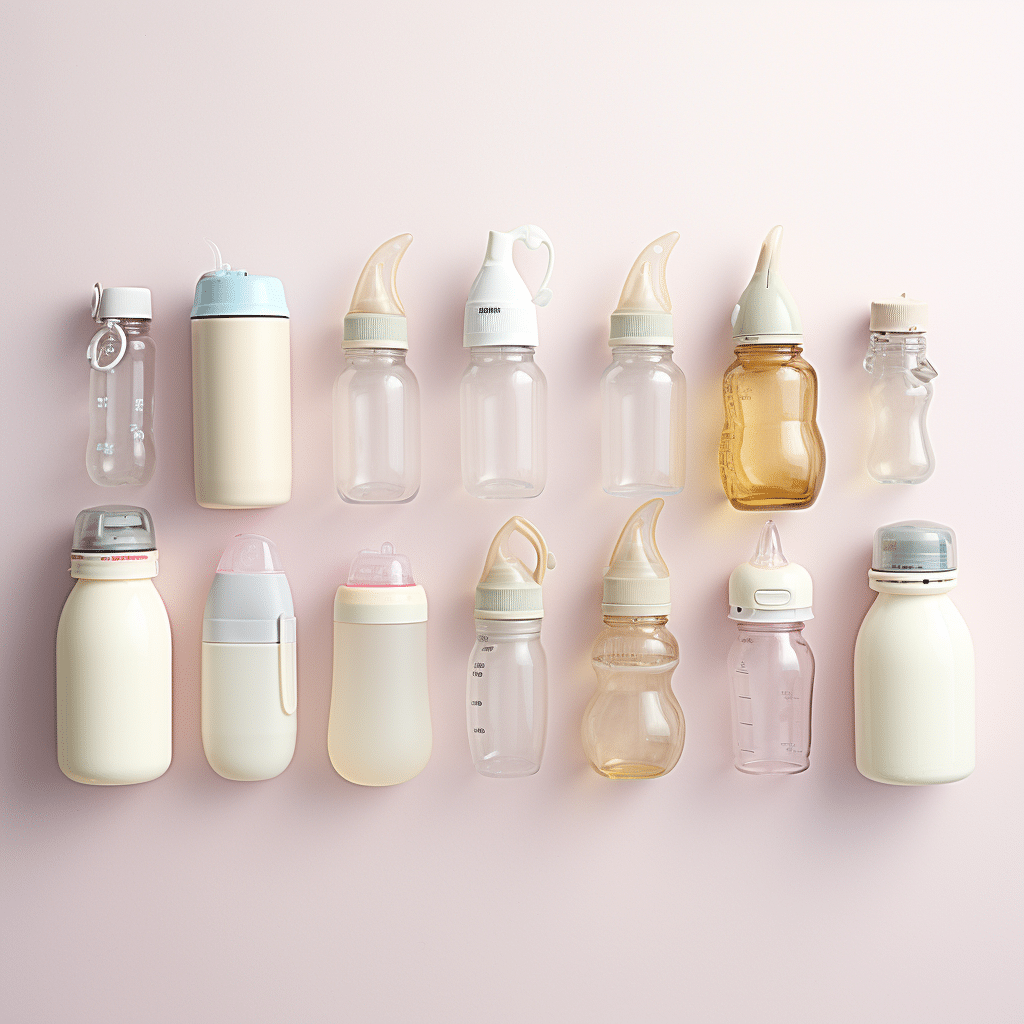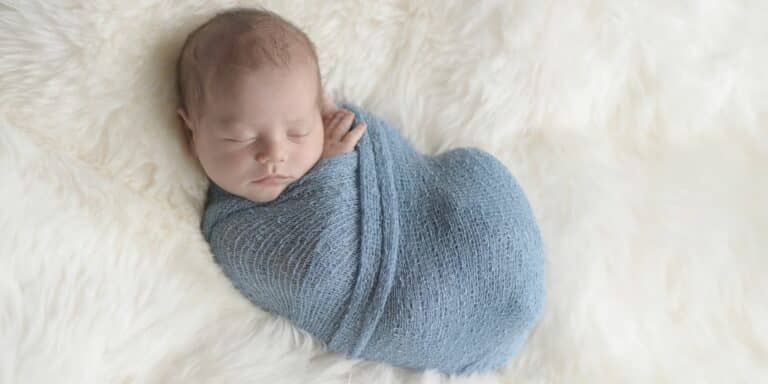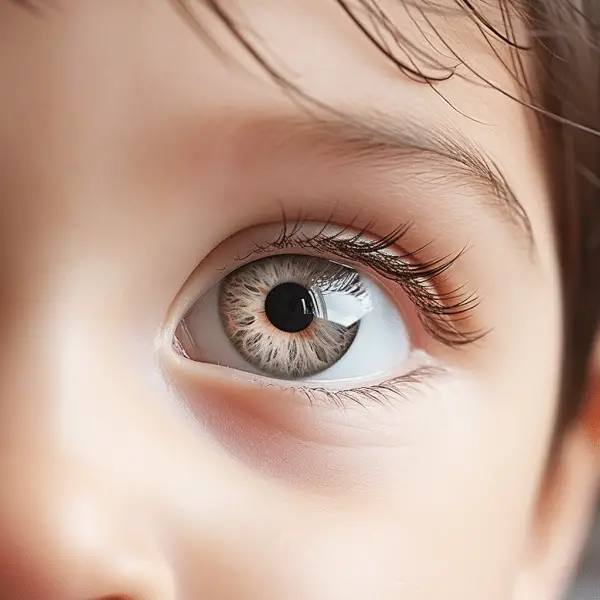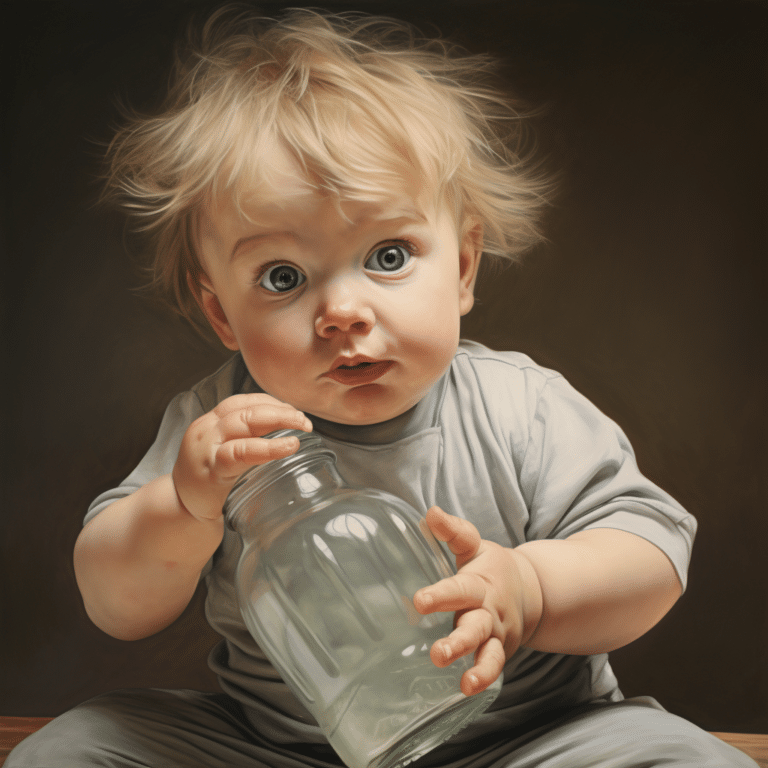Can You Reuse Disposable Nipples?
Bottle-Feeding Essentials: Taking care of a baby can be challenging, especially for first-time parents. They are frequently bombarded with queries about a baby’s health, sleeping pattern, feeding schedule, and other topics. They don’t want to leave any stone unturned or exhibit any laziness when it comes to their child’s safety.
One of the most common worries among parents is about bottle-feeding. As a result, we’ve attempted to answer some of the most fundamental questions about it in this article.
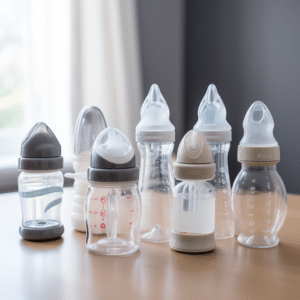
Can You Reuse Disposable Nipples?
Yes. Although these bottles are intended to be discarded, they can be washed and reused a few times if necessary. However, it would be best if you did not reuse them more than three times because this might cause the rubber to deteriorate and separate, posing choking hazards to your little one.
How Do You Clean Disposable Nipples Before Reusing Them?
There’s no need to sanitize the nipples Bottle-Feeding Essentials again because they’ve already been sanitized. After the first use, wash them in warm soapy water and scrub them with a nipple brush. After that, let them air dry.
What are the Best Nipples for Bottles?
Silicon and rubber nipples are the two types of nipples available for baby bottles. Silicone ones are more firm and long-lasting, but rubber or latex ones are softer and need to be replaced regularly.
Both types of nipples are acceptable, but it is up to your little one to decide which they like. The only way to know is to try them out. Latex nipples can cause allergic reactions in certain newborns. As a result, silicon is their only option.
What are Nipple Levels?
Nipple levels represent the varied sizes of nipples. Manufacturers classify nipple levels according to the baby’s age; this information is usually found on the product box. Although the actual levels may vary between brands, below is a general breakdown.
- Level 0: Preemie
- Level 1: 0 to 3 months old babies
- Level 2: 3 to 6-month-old babies
- Level 3: Babies above six months
- Level 4: Babies above nine months
The flow rate impacts the nipple levels. Because newborn babies can only take in a tiny amount of breastmilk or formula at a time, they require a nipple with a slower flow. Because they need similar muscles, these “level one” nipples resemble breastfeeding. As newborns develop, they consume more milk faster, necessitating the switch to nipples with a higher flow.
When Should Your Switch Nipple Levels?
Although nipple levels are related to a baby’s age, it’s crucial to remember that each infant is unique. Some Bottle-Feeding Essentials newborns benefit from a faster flow, mainly if they eat quickly, while older babies may prefer a slower milk flow. Here are some indicators that it’s time to change your bottle nipple size.
Indicators Your Baby Needs Level Up
If your baby is sucking aggressively during feedings, appears frustrated, or mealtime is taking significantly longer than usual, it may be time to change the nipple to a higher level. Other indicators include your infant falling asleep at the bottle and showing signs of hunger after ingesting little amounts of food.
Indicators That Your Child Needs Level Down
You’ll probably see milk pouring out of your baby’s mouth during feeding if the flow rate is too fast. Gagging, spitting up, gulping, coughing, swallowing aggressively, or turning away from the bottle are other indicators that your baby’s nipple flow rate is too high.
Also, a fast nipple can cause digestive troubles; in this scenario, your child may become squirmy or uncomfortable after eating.
It’s crucial to remember that these symptoms don’t necessarily indicate an issue with the size of your bottle nipple. Gas or a dislike for the bottle’s contents could cause fussiness during feeding. Furthermore, your child may dislike their nipples. Try offering your baby nipples of different materials, shapes, or features if you’re suspicious of this.
When is the Right Time to Start Bottle-Feeding Your Baby?
According to WHO guidelines, babies should be breastfed exclusively for the first six months. This strengthens their immune system and protects them from a variety of diseases. Make sure your infant is healthy and fit before introducing the bottle. It takes two to three weeks for a baby to get used to drinking from a bottle. However, if you cannot wait for six months due to insufficient breastmilk supply, you can start bottle-feeding two to three weeks after your child’s birth.
Is it True that Glass Bottles are Superior to Plastic Ones?
There are three different types of feeding bottles on the market. This includes plastic, glass, and steel feeding bottles. They all have advantages and disadvantages. Plastic bottles are light and durable, but most parents avoid them because of the microplastics they discharge. On the other hand, glass bottles will not leach any chemicals into the formula or milk. They last a long time. However, there is a chance that they will break. The third option, steel bottle, is a non-toxic, lightweight, and portable bottle. It is entirely up to you to decide what you should utilize.
How Often Should Your Baby’s Feeding Bottle be Sterilized?
Your infant feeding bottle and nipple do not need to be sterilized before each usage if your baby is more than nine months old. Only do this if you have a new bottle or your baby is ill. Alternatively, separate the nipple and the bottle and boil them separately for 5 minutes. After that, wash them with soap and water and thoroughly rinse them. If you’re bottle-feeding a baby under nine months, you’ll need to sanitize the bottles before each use.
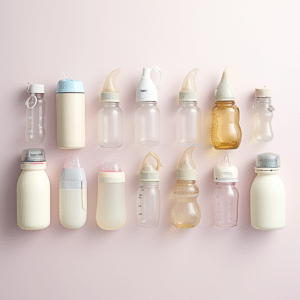
Final Take
Bottle-Feeding Essentials We hope this article has helped answer some of your questions concerning bottle feeding. If you are using disposable nipples, it is okay to reuse them though this is not what they are meant for. Before reusing them, wash them thoroughly with soap and water. Also, avoid reusing them more than three times as this might cause them to break, posing a choking hazard to your little one.
